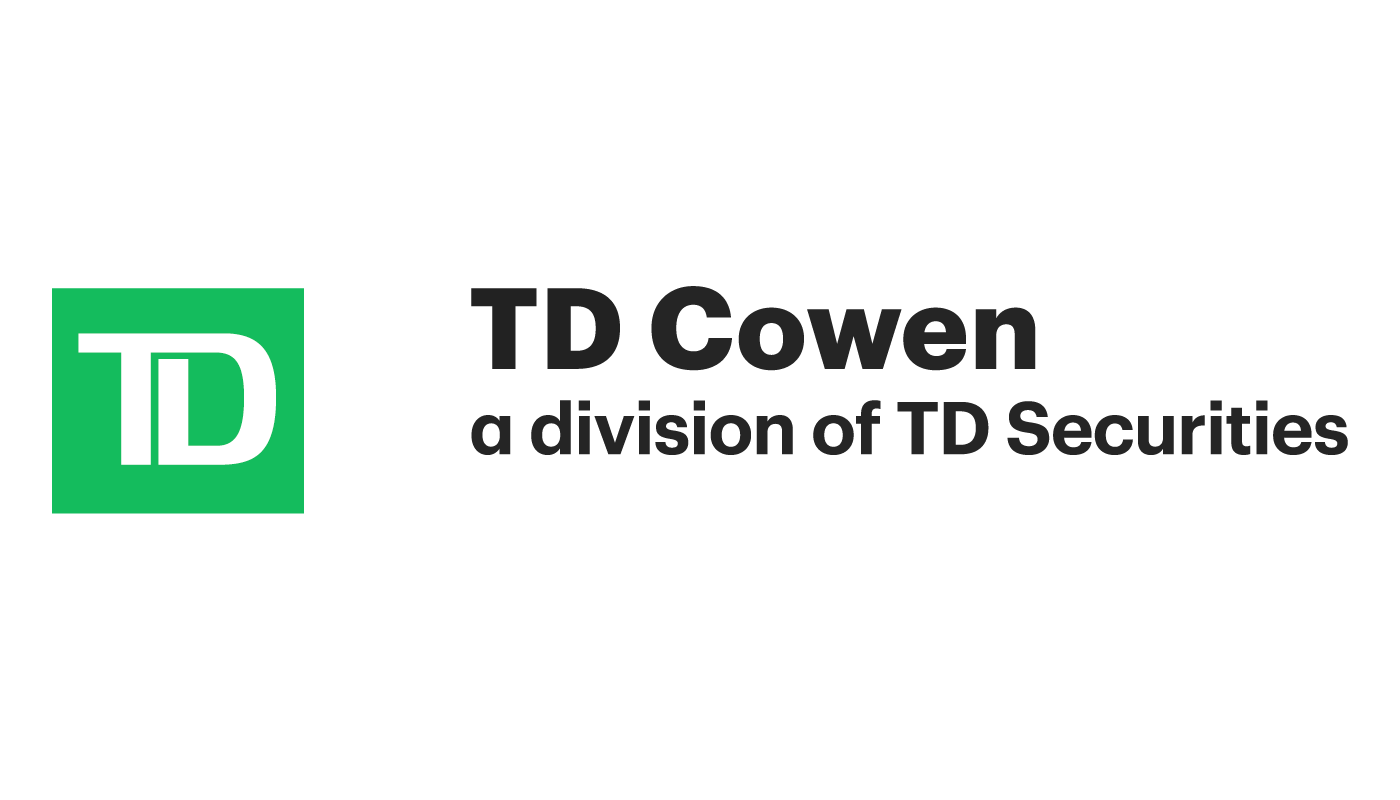Social media marketing, a type of digital marketing, uses social media platforms to deliver online content to a business’s target audiences. Content is generally designed to build brand awareness and promote products or services, but it can also help a business increase visitors to its website and gather information about followers that can be used in email marketing and other campaigns.
Social media marketing allows you to engage in a more direct way with your target audience, even in one-on-one conversations in some instances. It can be less expensive than other forms of marketing, but it’s also highly competitive due to continuous streams of social posts vying for the attention of consumers. Creating an intentional social media marketing strategy can help you maximize your efforts and improve your return on investment.
How to create a social media marketing strategy
Social media marketing works like other forms of marketing as far as defining goals, identifying a target audience and creating content. However, to keep an active social media presence, a business will need to post regularly on their platforms of choice and regularly monitor brand mentions and customer comments.
Determine your social media marketing goals
Plotting out your goals from the outset will help guide you in the other decisions you’ll need to make, such as which social media platforms to use and the type of content to post.
Here are some general goals that are common to social media marketing:
-
Increase brand awareness.
-
Increase website traffic.
-
Respond to customer complaints.
-
Retarget visitors to your website who don’t make purchases.
-
Get followers to share your content on promotional events.
-
Draw attention to a charity or nonprofit organization you support.
When possible, be specific when setting goals, but also keep in mind that the success of some of your efforts may be hard to document. For example, it can be more difficult to measure an increase in brand awareness, but the goal of higher website traffic can be documented through marketing tools such as Google Analytics.
Define your target audience
Knowing your customers is important to any marketing effort. Customer information, such as interests, buying behaviors, pain points and demographic details like age, gender and annual income, can help you create content that will interest your target audience.
Also, demographic details may influence your choice of social media platforms. For example, if your target audience is primarily women, you may want to market on a platform that has a higher percentage of women than men. Or, if your target audience is younger, you may want to use a platform that is popular with that age group.
However, with daily users numbering in the millions on many popular platforms, your target audience may be well represented on any platform. Pinterest, Facebook and Instagram are a few of the platforms that offer audience insights tools you can use to learn about the people using the platform. Talking directly to your customers about which platforms they frequent most can also help inform your social media strategy.
Pick your social media platforms
You may choose to target even more niche social platforms based on your type of business and customers, but here are some of the most popular and how they’re used:
-
Facebook: Text, image and video sharing. A Facebook business page can provide important information about your business and build community.
-
Twitter: This social networking platform is mostly used for text-based Tweets, but you can also incorporate images, videos and GIFs.
-
Instagram: Photo and video sharing.
-
TikTok: Video sharing. Compared to YouTube, this is best for shorter videos.
-
Pinterest: Image sharing.
-
LinkedIn: A professional networking platform, LinkedIn is primarily used to market to businesses rather than consumers, or to increase brand awareness by participating in industry-specific forums.
-
Snapchat. Instant messaging, image and video platform.
-
Reddit: Forum-style discussions.
Assess your content needs
The type of content you’ll post on social media will depend on your business, goals and which platforms you’re using. It can range from promotional to educational and should reflect the human characteristics and voice that best define your brand, or your brand personality. For example, if your business sells outdoor gear, your brand personality might be rugged and adventurous. Or, if your business sells products and services for small children, your brand personality might be playful but nurturing.
Social media content can include text, images and videos. You may also be able to link to other content you’ve created such as articles, blogs, e-books and videos. Depending on the platform, there may be limits to what can be included in posts. For example, on Twitter, a Tweet can contain up to 280 characters plus up to four images, videos and/or GIFs.
Your social media marketing efforts might also include the use of digital ads on multiple social media platforms and search engines such as Google and Bing. Each platform will have its own requirements for ads and typically offer content recommendations. For example, YouTube offers step-by-step instructions on creating video ads, with pre-made templates and other tools.
Post consistently
Posting consistently is an important factor in successfully promoting your business on social media. Each business’s posting cadence, whether it’s daily, a few times a week or weekly, will depend on its goals and audience. You’ll also want to factor in the time it takes to produce quality content — a video or high-quality photos may take longer than a text-only Tweet, for instance.
Creating a posting schedule can help your business post consistently — and marketing software can help automate the process. While you can post the same content on all your platforms, it’s better to customize the content for the audience of each individual platform. Plus, as discussed, each platform has unique requirements for postings.
Posting regularly can help a business to:
-
Increase brand authority, credibility and reputation.
-
Gain familiarity with the platforms and tools.
-
Establish its brand voice.
-
Improve content rankings on platform feeds.
-
Support paid advertising efforts.
Monitor mentions and respond quickly
It’s important to monitor the mentions of your brand and comments made on your posts. Customers frequently take to a business’s social media when they have customer service questions or complaints. In those instances, responding quickly and positively is key, but aim to resolve the issue privately, by encouraging them to direct message or email your business.
Monitoring mentions — and encouraging customers to post about your business (while tagging your account) — can also help you identify brand advocates and gather user-generated content to repost, which can ease the burden of content creation.
It may take months before you see noticeable progress toward your marketing goals, but social media management tools like Hootsuite, Zoho Social and Buffer can help you monitor your content as well as help with posting, scheduling and measuring results.








































